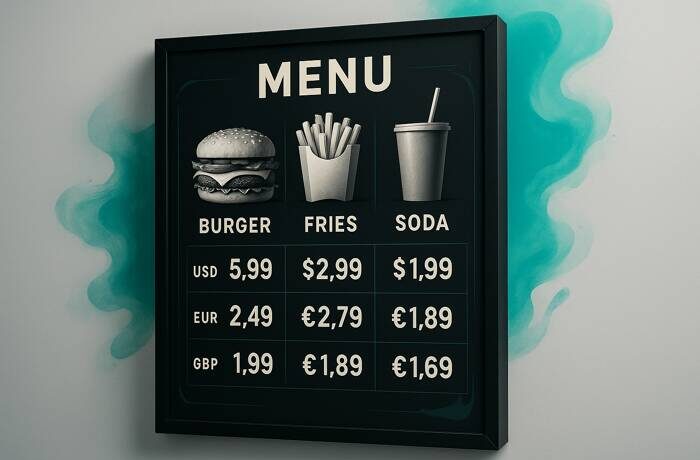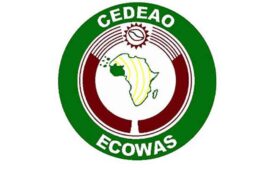Even with these refined models, institutions know that valuation alone rarely drives short-term moves. They might monitor capital flows and positioning as well, for example:
- Order flow (net buying/selling pressure)
- Portfolio inflows/outflows
- CFTC’s Commitment of Traders (COT) data
- Central bank interventions
- Trade balance shifts
The magic happens when valuation aligns with shifting flows or positioning extremes. If a currency is deeply undervalued and the COT data shows extreme short positioning, that could signal a potential reversal – but whether you can realistically act on it is another matter.
Think of it this way: valuation tells you what should eventually happen; flow and positioning hint at what might happen next.
How to Track Misalignments
Look, there are easier ways to get an edge in the markets, but if this sort of global macro investing is your bag, here’s how you might track currency misalignments without needing a Goldman Sachs research team.
Here are some straightforward approaches that won’t make your brain explode:
1. Follow the Big Mac Index
The Economist publishes this index at least annually. It gives you a quick percentage over/undervaluation for dozens of currencies.
Just remember it’s a rough guide. Some currencies (like those of developing nations) will always look undervalued due to structural factors like lower wages and rents. Some countries are missing from the index altogether.
2. Use OECD or World Bank PPP Data
Organisations like the OECD publish PPP exchange rates for many currencies. Compare these to market rates to spot potential misalignments.
For example, if the OECD says 1 USD = 4.0 Brazilian real in PPP terms, but the market rate is 5.0, the real might be ~20% undervalued against the dollar.
You can also create a simple model by:
- Starting with a base PPP value
- Adjusting it monthly using inflation differentials
- Comparing this updated fair value to the actual rate
This gives you a running estimate of misalignment.
3. Track REER Indices
The Bank for International Settlements (BIS), World Bank (WB), Federal Reserve Economic Data (FRED), and many central banks publish REER data.
Currencies trading far above or below their historical averages are interesting. You may need to transform some series to make them more comparable with their earlier histories (a simple rolling z-score is useful). A currency with a REER 20% above its 10-year average might be overvalued for example.
4. Monitor Analyst Estimates
IMF External Sector Reports and research from major banks often include currency valuation assessments. Media coverage typically highlights significant findings from these reports.
When you see commentary like “Based on our model, the yen is 15% undervalued versus the dollar,” that’s usually based on a PPP or fundamental model.
5. DIY with Inflation Data
You can do a quick PPP calculation yourself:
- Choose a base year when you think a currency pair was fairly valued
- Compile inflation rates for both countries since then
- Apply the cumulative inflation differential to estimate the current fair value
- Compare to the actual market rate
This method uses real CPI data and can be done in a simple spreadsheet.




